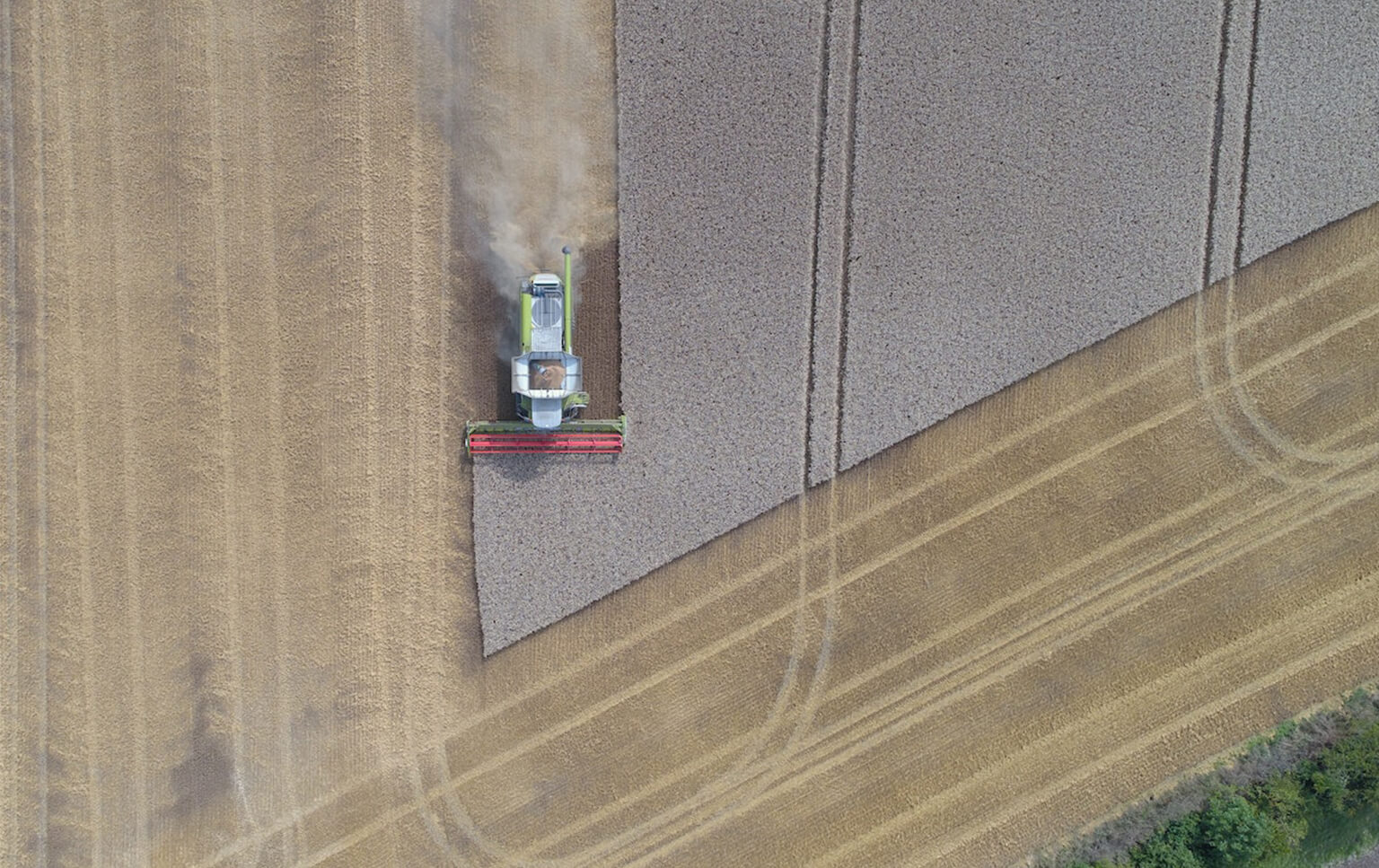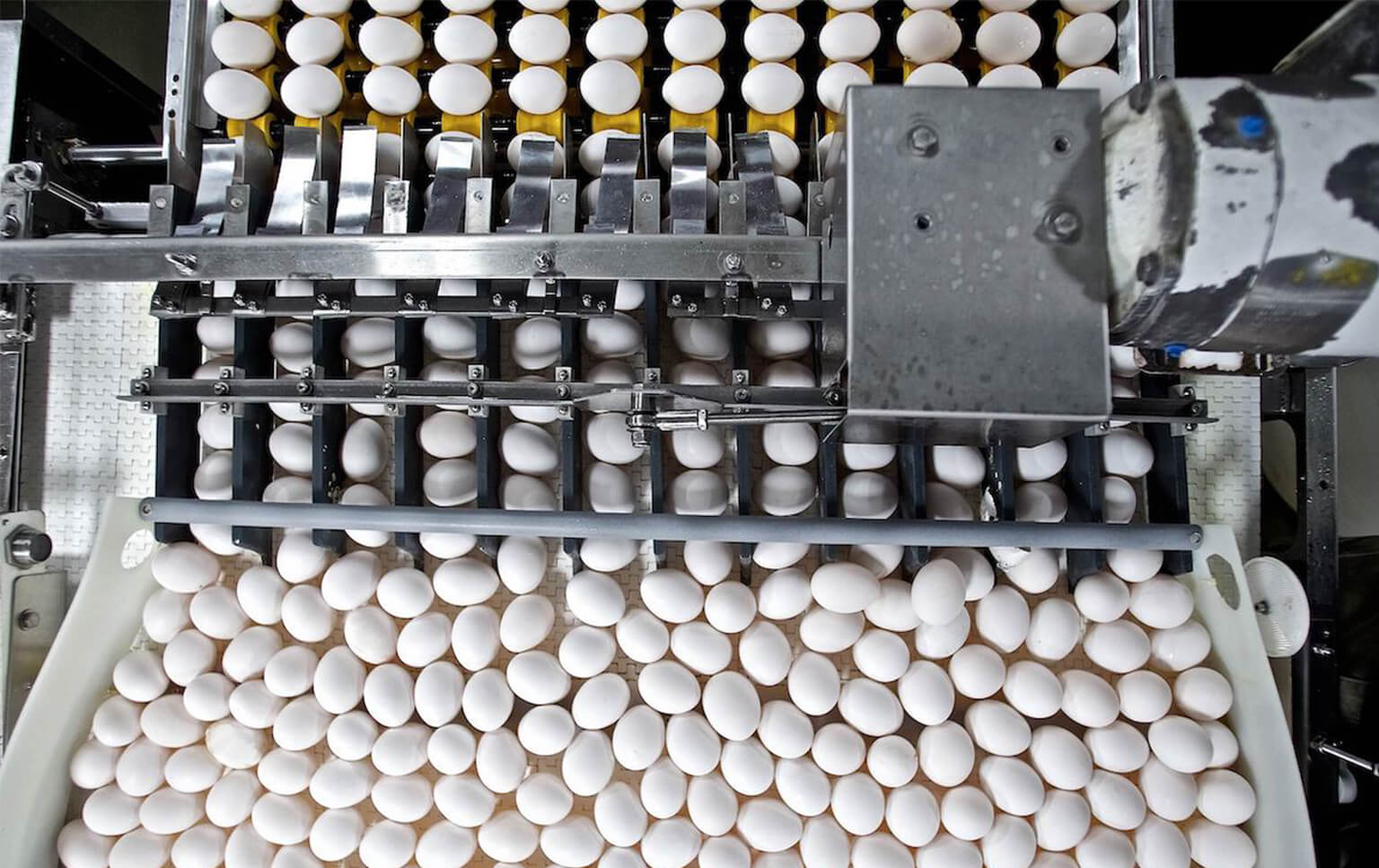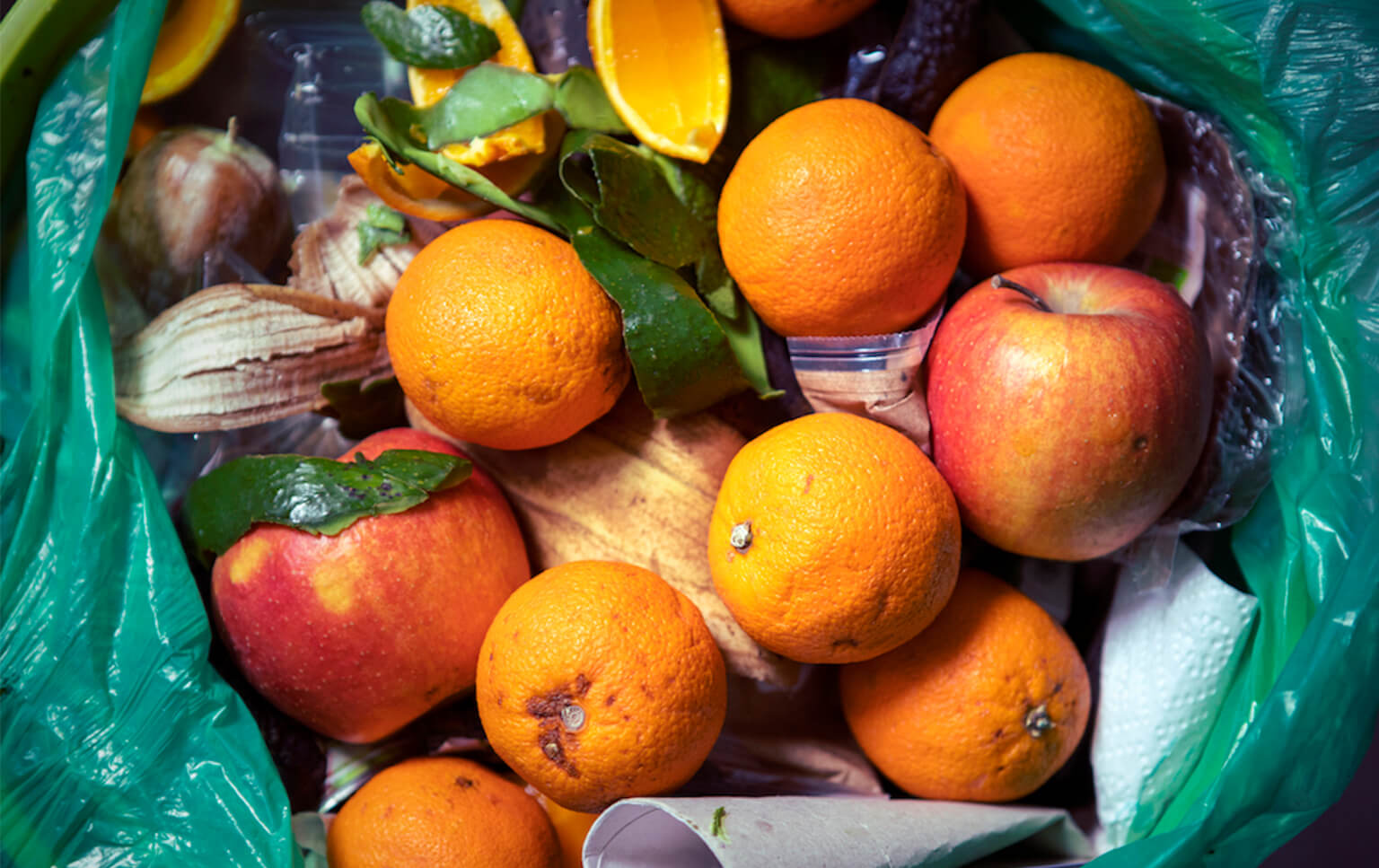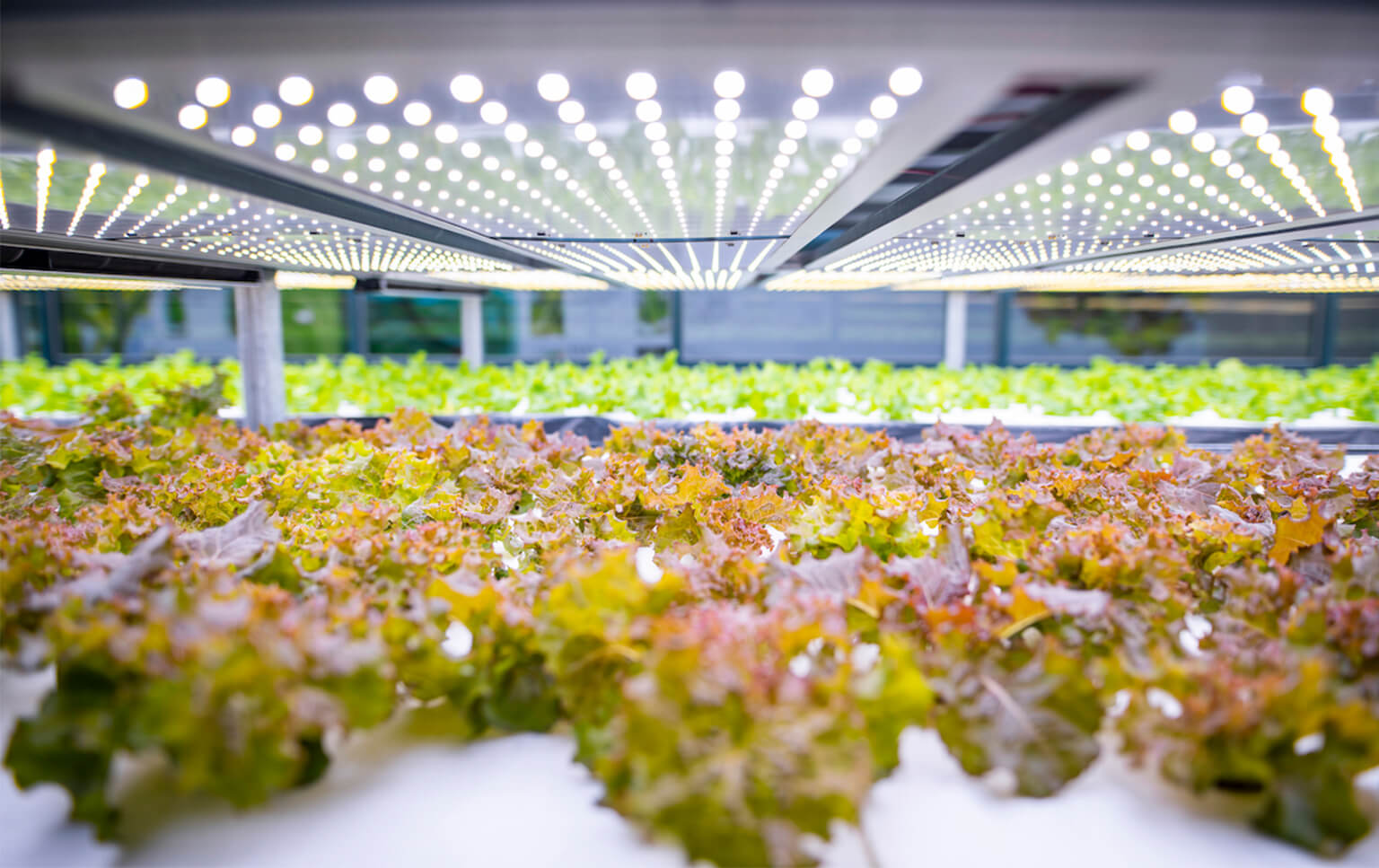
Sinister Food Systems
This is the last article in a three-part series. The first part of this series, Planet Positive Diets, can be found here and the second part, Our Retail Footprint, can be found here.
Introduction
There is nothing like a global pandemic to reveal the cracks in a supply chain. The COVID crisis has led to a scrutiny in food like in no other industry.
Suddenly, food stockpiling and food security feel less like antiquated cold-war concepts and more like real, relatable issues to the average consumer.
The silver-lining of this crisis may well be accelerated innovation, as the space draws fresh eyes.
If the global population grows to 9.6 billion by 2050 as projected, food supply will need to increase by around 70%1. The only way to achieve this growth without crippling our planet is with brilliant new solutions; to increase efficiency, remove harmful products, and ultimately create disruptive approaches to existing challenges. Let’s see what’s happening in this space.

Agriculture 2.0
From an efficiency-driving perspective, increased automation, integrated sensors, computer vision and predictive modeling are expected to make a huge impact on agricultural sustainability as they impact resource distribution and yield. A lot is happening in Digital Agriculture3: Farm Tech startup investment has been steadily increasing since 2013, reaching $4.7 billion in 20194. Prospera is using computer vision and AI to help farmers analyze data gathered from their fields.
Data sharing will be a huge enabler of sustainable practices and outcomes and the data marketplace Agrimetrics is positioned brilliantly to facilitate and enable a sum greater than the parts.
The Food and Agricultural Organisation (FAO) of the United Nations suggest 10-15% of the world’s food production is wasted annually5, and companies like Agrimetrics are helping businesses identify the causes of and solutions to this massive inefficiency.

No cracks (in this system)
Beyond digital, the biotech sector is stepping up to substitute harmful products such as fertilizers, pesticides, and toxic wax coatings. Companies such as AgBiome (genetically sequenced pest control solutions) and Pivot Bio (clean nitrogen-fixing fertilizer) are creating more sustainable and effective crop nutrition and protection solutions. Companies like Cultiva have developed spray-on products that help prevent cracking and bruising pre and post harvest. In cherry picking, up to 25% of the yield is subject to cracking, Cultiva claims that its cuticle care biofilm reduces this figure to between 9 and 12%6.
On a global level, food production is responsible for 26% of annual emissions7.
If we consider that 6% of this is caused by food wasted, it becomes clear how significantly food waste reduction could impact overall emissions8. It’s so critical, in fact, that taking action on this front is the single greatest thing we can do to reverse climate change9.
Some produce is wasted due to system inefficiencies, other for cosmetic reasons. Amongst those looking to repurpose products wasted for cosmetic reasons we have Oddbox, a direct to consumer box filled with “wonky” or “ugly” veg rejected (mostly) by supermarkets. The challenge with these types of solutions is that – in the long term – they might shift demand to “grade B” rather than addressing structural problems in the supply chain. Furthermore, companies leveraging these industry inefficiencies might end up impacting the flow of supply to food banks. While efforts in this space are commendable, we need to continuously ensure that our solutions address problems at source rather than add pressure elsewhere in the chain.

A new vertical
Amongst those looking to disrupt the existing supply chain entirely, we find a rapidly growing list of vertical farms. Fundamental supply chain disruption is very timely: The meat crisis in the US has shed new light on the downsides of funneling production through one major network of production, processing and distribution. What was once seen as efficiency has revealed itself a food security issue. Vertical farms are a great solution to securing supply when production and distribution are disrupted, but this is not their only advantage. A controlled production environment means not being at the mercy of temperamental climate. In the wake of climate change, vertical farming stands to be an interesting and important part of securing our fresh food supply. From a sustainability perspective they hit all the marks: InFarm claims they use 95% less water and 75% less fertiliser than soil-based agriculture10. Add onto these stats the reduced food miles, reduced energy use and minimal land impact and you have what looks like the farming solution of the future.

Interestingly, a shorter supply chain means produce from vertical farms is benchmarked on consumption quality rather than shipment quality.
Plenty, another key player in the space, points out that this incredible ability to control quality results in a better tasting product. While this may appear secondary, flavour remains on§e of the most significant determinants of what we eat, so better tasting fruit and veg are an essential part of encouraging the switch to a more plant-based diet.
Companies in the sector are experiencing the growing pains of transitioning from start-up to scale-up. Many are focusing on B2B channels: Fifth Season Connection sells B2B2C into supermarkets11 and AeroFarms sells B2B into food service (restaurants, cafes etc.)12. A more radical business model experiment is happening over at Willo, a company currently offering a D2C subscription that allows consumers to own their own plot for $149/month13. Needless to say, players in the space will need to experiment with different business models and growth strategies to meet the current market prices on food, one of the main obstacles the sector will need to overcome if it plans to be a truly viable big supply-chain alternative14.
Food for thought
Planet
- Can we create energy and resource efficient supply chains?
- How can we build a resilient and flexible supply chain that evolves to always get cleaner?
- Which areas of your supply chain do you need to reinvent first, to deliver the biggest impact?
Consumer
- How can consumers be re-connected with food to foster empowerment and a sense of responsibility?
- How can transparency play a role in making sustainability a factor as important as price and convenience?
- How can we help consumers take more responsibility for the supply chain impact of their food?
Business
- What future-proof setups will keep companies agile and operating in the wake of supply disruption?
- What business models will allow incoming companies to compete and thrive in the market?
- Which other businesses should you partner with to deliver maximum benefit?
With 26% of our global emissions being produced in the food system, changing our footprint is a mandate for anyone innovating in food. It’s time we take action to reverse the impact of climate change, bite by bite.
01 – Science Direct
02 – Image Credit: Shaun Coward
03 – Forbes
04 – Ag Funder News
05 – AgriMetrics
06 – https://www.cultiva.com/cultive
07 – Our World In Data
08 – Our World in Data
09 – Washington Post
10 – Medium.com@Infarm
11 – Business Green
12 – AeroFarms
13 – Fast Company
14 – Cambridge Network

frog, part of Capgemini Invent is a global design and innovation firm. We transform businesses at scale by creating systems of brand, product and service that deliver a distinctly better experience. We strive to touch hearts and move markets. Our passion is to transform ideas into realities. We partner with clients to anticipate the future, evolve organizations and advance the human experience.
We respect your privacy
We use Cookies to improve your experience on our website. They help us to improve site performance, present you relevant advertising and enable you to share content in social media. You may accept all Cookies, or choose to manage them individually. You can change your settings at any time by clicking Cookie Settings available in the footer of every page. For more information related to the Cookies, please visit our Cookie Policy.